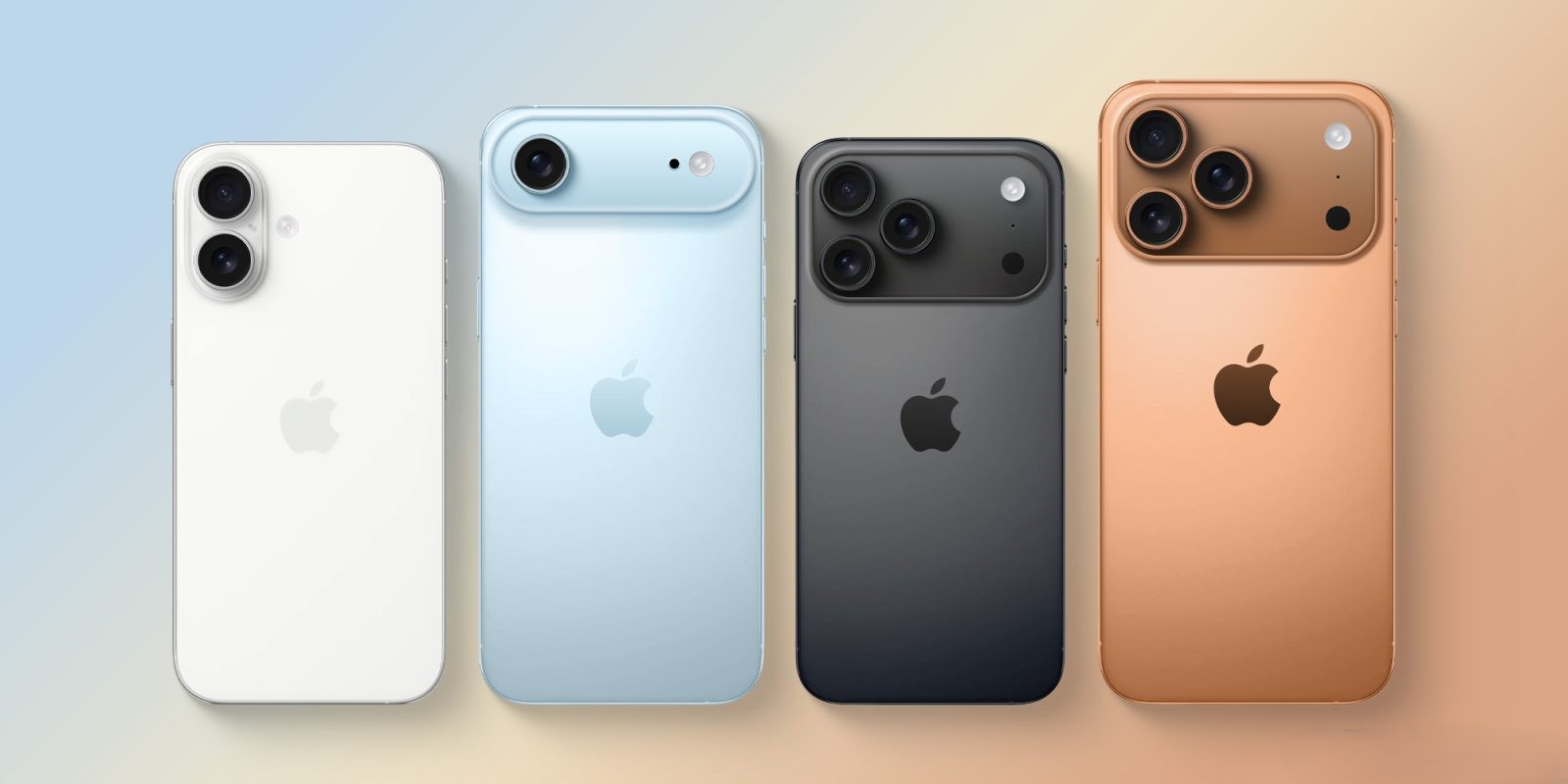General Motors (GM) has made a controversial move by shutting down a third-party solution that allowed Apple CarPlay and Android Auto to be retrofitted into its electric vehicles (EVs). This bold step signals the automaker’s unwavering commitment to its own proprietary infotainment ecosystem and has triggered renewed debate over digital freedom inside modern vehicles.
GM’s recent decision affects a retrofit solution that was developed by White Automotive and Media Services (WAMS), which gave drivers a way to restore CarPlay and Android Auto in newer GM EV models such as the Chevrolet Blazer EV, Silverado EV, Equinox EV, GMC Sierra EV, and the Cadillac Lyriq. These models had launched without support for the smartphone mirroring systems — a move GM justified as part of its broader push toward building a more tightly integrated in-house software experience.
The retrofit kit created by WAMS provided what was described as “OEM-like” integration, meaning it blended in smoothly with the car’s existing hardware and software, preserving native functionality while restoring Apple and Google’s infotainment systems. Due to the technical complexity, the installation was offered exclusively through LaFontaine Chevrolet in Michigan, a GM dealership that had partnered with WAMS.
But GM recently instructed LaFontaine to stop offering this installation to customers. According to internal reports and dealership confirmations, the automaker raised concerns about potential interference with its new software architecture and vehicle safety systems. GM argued that because the aftermarket kit hadn’t been thoroughly tested or approved, it could pose risks to the vehicle’s functionality, particularly in areas related to driver assistance and over-the-air software updates.
While GM maintains that this decision is rooted in protecting drivers and preserving the integrity of its software systems, critics argue it’s another example of a growing trend in the automotive industry — manufacturers exerting tighter control over vehicle features and user experiences. With software now playing a central role in everything from climate control to navigation, automakers are increasingly behaving more like tech companies, where ecosystems are closed, updates are monetized, and interoperability is limited.
The backlash from this move is immediate and loud, particularly among tech-savvy consumers who expect their smartphones to integrate seamlessly into every aspect of daily life — including their cars. Apple CarPlay and Android Auto have become standard expectations, providing familiar interfaces, voice control, music streaming, and navigation powered by apps people already use. Many buyers prioritize the presence of these platforms when choosing a new vehicle.
GM, however, sees a different future. The company is heavily investing in its own software platform called Ultifi, a Linux-based system that will underpin everything from infotainment to advanced vehicle diagnostics. GM envisions Ultifi as a core pillar in its digital strategy — enabling personalization, subscription-based features, and a continuous connection between vehicle, cloud, and driver.
But this vision comes at a cost. By removing support for CarPlay and Android Auto, GM risks alienating customers who feel that they’re being locked into a system they didn’t ask for. Some critics view this as a way for GM to exert more control over data collection, app ecosystems, and potential monetization paths. Others simply see it as a misstep in a world where consumer choice is paramount.
What’s particularly interesting is that this development is not occurring in a vacuum. Other automakers are also exploring tighter integration of native systems — Tesla famously never supported CarPlay or Android Auto. But Tesla built a user experience that, despite its limitations, is generally regarded as fluid and functional. For GM, the challenge lies in building a proprietary system that doesn’t feel like a downgrade.
Furthermore, as software continues to eat the automotive world, this scenario raises deeper questions about who truly owns the user experience in a vehicle. If a car is increasingly defined by its software, shouldn’t users have more control over the digital interfaces they interact with every day?
There’s also a legal and regulatory angle that may soon come into play. The right-to-repair movement, which has gained traction in recent years, could intersect with these kinds of aftermarket restrictions. If a consumer legally owns a car, do they not have the right to modify it — especially if the changes are performed by certified professionals and don’t pose a documented safety risk?
With the GM retrofit now shelved, drivers who purchased the latest EVs without smartphone integration are left with limited options. For some, this is merely an inconvenience. For others, it feels like a breach of expected functionality — especially given the high price tag of most electric vehicles.
In the long term, the incident highlights an evolving battle between openness and control in the connected car era. Automakers are no longer just builders of vehicles; they are becoming platform providers, curators of user experience, and data gatekeepers. As they try to balance innovation, safety, and monetization, consumers may be forced to choose between digital freedom and seamless manufacturer ecosystems.
In the meantime, GM’s hardline stance against CarPlay retrofits might serve as a cautionary tale. It may win some battles in the short term, but whether it aligns with the long-term expectations of tech-savvy drivers is still very much in question. With EV competition heating up and user experience becoming a critical differentiator, the automaker’s software-first strategy will need to deliver — or risk falling behind in an industry where driver expectations are higher than ever.


